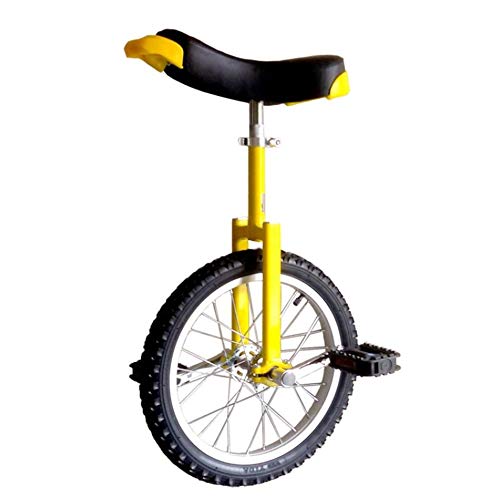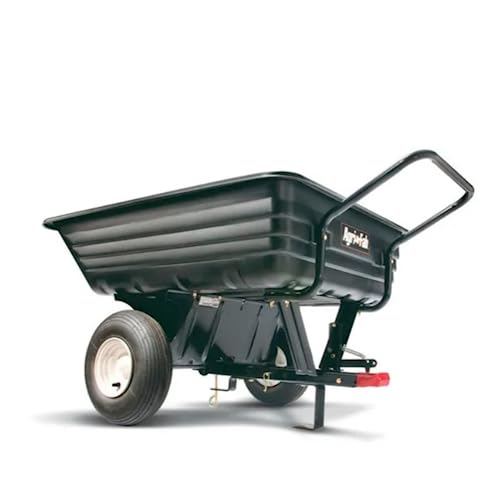What is a Balance Bike and How Does It Work? Understanding the Basics
Introduction to Balance Bikes
A balance bike is a type of bicycle designed specifically for young children, typically aged between 18 months and 5 years. Unlike traditional bikes, balance bikes do not have pedals, which allows little ones to focus solely on balancing. They come equipped with two wheels, a sturdy frame, and a seat adjustable to suit the child’s height. The main idea is for kids to sit on the bike and push themselves along with their feet, learning to balance without the complication of pedalling at the same time. As they become more confident, children can lift their feet off the ground and glide, gradually mastering the skill of balancing.
How Does It Work?
When your child uses a balance bike, they learn to coordinate their movements in a playful and engaging manner. Firstly, they sit on the seat and get comfortable with the handlebars. Then they start pushing off with their feet. By looking ahead and maintaining their posture, children will naturally develop core stability and coordination. This simple yet effective learning process helps them transition easily to a pedal bike when they’re ready, as they’ve already mastered the critical skill of balance.
The Benefits of Choosing a Balance Bike for Your Child: Key Advantages
Encouraging Independence
One of the standout advantages of balance bikes is that they promote independence in children. As they steer and glide, kids feel empowered to navigate their environment on their own terms. This fosters a sense of adventure and boosts their confidence. Unlike training wheels, which can sometimes provide a false sense of security, balance bikes encourage genuine balancing skills.
Physical Development
Using a balance bike boosts physical development as children engage their leg muscles and improve their motor skills. The act of pushing off the ground and gliding helps enhance leg strength, coordination, and eventually prepares them for cycling without training wheels. Moreover, it helps improve overall body awareness and encourages healthy physical activity from an early age.
Enhanced Safety
Balance bikes tend to be lower to the ground than traditional bikes, making it easier for children to put their feet down and stop safely when needed. Additionally, because they don’t have pedals, there are fewer moving parts that could pose a risk. This design allows children to learn at their own pace, reducing the likelihood of frustrating falls that can come with traditional cycling.
How to Choose the Right Balance Bike: Essential Factors to Consider
Size Matters
When selecting a balance bike, size is critical. You want to ensure that your child can comfortably reach the ground with both feet. Most balance bikes come with adjustable seats to fit growing children. A good rule of thumb is that your child should be able to stand flat-footed on the ground while sitting on the bike, allowing them to feel secure and in control.
Weight and Durability
The weight of the balance bike is another essential factor. A lightweight bike is easier for your child to manoeuvre; they can lift it and push it with minimal effort. Look for frames made of durable materials, such as aluminium or high-quality plastic, which can withstand rough play and the inevitable bumps and scrapes that come with being a young rider.
Design Features
Look for essential design features such as a comfortable seat that provides proper support for longer rides, as well as grips that are easy for small hands to hold. You might also want a bike with puncture-proof tyres that reduces maintenance, ensuring that your child can spend more time riding and less time worrying about flat tyres.
Tips for Getting Your Child Started: Making the Transition Smooth and Fun
Make it an Adventure
To create a positive experience, introduce the balance bike as an exciting new adventure. Take your child to a safe, open area where they can explore without the fear of traffic. Encourage them to feel the freedom of gliding along as they push off the ground. Make it a fun outing and join them in play, showing enthusiasm and support.
Start Slow
Begin with short sessions to prevent fatigue or frustration. Allowing your child to explore at their own pace will help them build confidence naturally. Gradually introduce more challenging terrain, like gentle slopes or grassy areas, as their skill improves. Ensure that they also understand how to stop safely by placing their feet down.
Celebrate Progress
As your child gains confidence and skill, celebrate their achievements, no matter how small. Whether it’s gliding a few feet or handling turns with finesse, positive reinforcement will motivate them to push further. Consider setting little goals, like learning to glide without feet touching the ground, to keep them motivated.
Maintenance and Care for Your Balance Bike: Keeping It in Top Condition
Regular Checks
Routine maintenance is vital to ensure the longevity of your balance bike. Check the tyres regularly for any wear and ensure they are properly inflated. Also, inspect the frame and handlebars for any loose parts, making adjustments as needed. This not only enhances safety but also keeps the bike performing well.
Cleaning and Storage
Keeping your balance bike clean will extend its life and improve its appearance. After outings, wipe down the bike as necessary to remove dirt and mud. When not in use, store it in a dry environment to prevent rust or damage from the elements. A well-maintained bike not only looks good but also is more enjoyable for your child to ride.
Replacement Parts
Should your child require replacement parts due to wear and tear, look for reputable suppliers that provide quality components. This may include tyres, grips, or even frames if needed. Having a properly functioning bike enhances safety and ensures that your child continues to enjoy their riding experience.

























